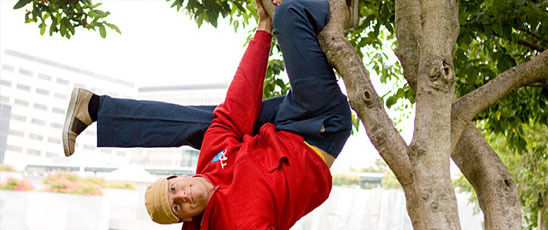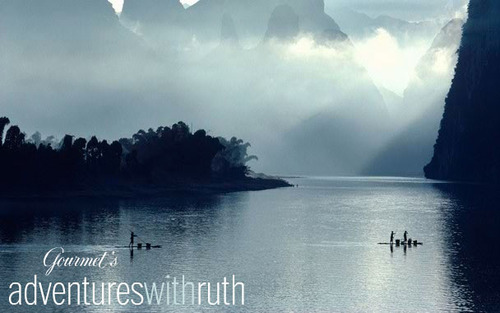Does School Stunt Learning?
Apple’s Education Leadership Summit at the International School of Prague was true inspiration… Marco Torres‘s morning keynote fired-up real questions… Here are just a few notable nuggets:
- “Is our schooling getting in the way of the students education?”
- “Why do we ask: “What type of learner are you?” and not “what type of producer are you?”
- “Your “out” may be different from your “in.”
- “What other fields do we build for our schools beyond the football field?”
- “Are we paying attention to what learning looks like outside of school?”
- “What motivates students to post tutorials on Youtube for free, instead of doing homework?
- “Resources and network are the ingredients of learning.”
- “Distance is defined by bandwidth.”
- “Plagiarism is not always negative, “imitation is proven path to mastery.”
- “Don’t rush the solution, stay in the question. Do we want 50 learners plus a teacher or 51 learners?”
- “Technology is changing the way the learners learn… is it changing the way the teachers teach?”
- “Have you asked students and administration to define school in two words? – “it sucks or it’s cool” versus ”Forefront of education or Life time learners.”
- “International was an option, global is mandatory.”
Read Claude Lord’s full post at ClaudeLord.org
Claude Lord (@cloudlord), formerly a colleague when I taught at the American School of Paris, is an inspiring thinker, gifted pedagogue and oh-so-far-out-of-the-box visionary. Although her review of the Education Leadership Summit 2010 is teacher-oriented, this list of questions is relevant to everyone who has ever considered the ingredients of learning. What makes a teacher, curriculum or school effective? Why do children’s innate curiosity and hunger for learning so often get stifled by teachers, curricula and schools?
Frankly, I can’t help but note how accurately these questions could be applied to the publishing industry as well! Try going through the list and swapping out “learner” for “reader”, “school” for “book” or “print publishing”, etc. So much of the myopia and recalcitrance among publishers is rooted in the same biases and fears that hamstring teachers, curricula and schools. Coincidence?












